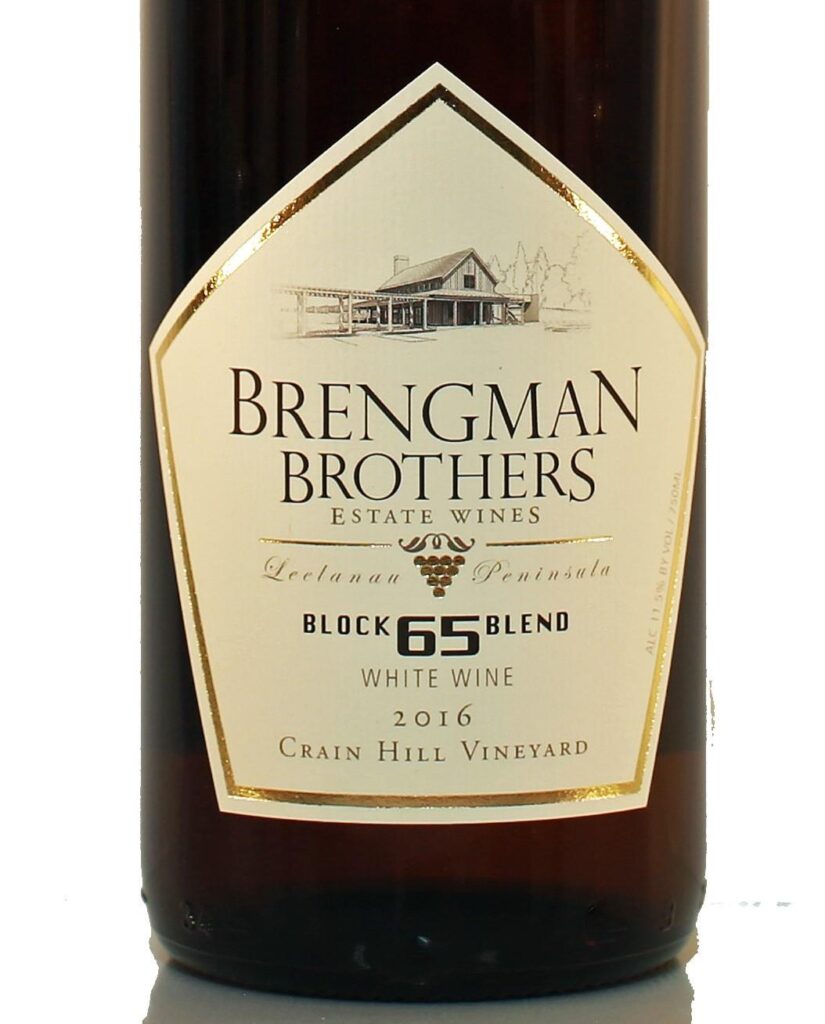Discovering Quality Wines on a Budget: Essential Label Insights
In today’s world, where both wine aficionados and casual drinkers seek to enjoy premium selections without overspending, the ability to interpret wine labels has become increasingly vital. With an overwhelming array of choices available in stores, many consumers may feel daunted by the options. However, understanding the details presented on wine labels can guide you toward finding remarkable value. This article explores the intricacies of wine labeling and emphasizes crucial elements that assist budget-minded enthusiasts in identifying top-notch wines. From grape types to geographical origins, discover how to maximize your wine budget while ensuring each bottle offers delightful flavors and satisfaction. Whether you’re entertaining guests or relaxing after a busy day, enjoying excellent wine doesn’t have to come with a steep price.
Decoding Wine Labels: Essential Terms for Quality
As you examine various wine labels, certain terminology can provide valuable insights into a bottle’s quality without straining your finances. One key term is appellation, which denotes the specific area where the grapes were cultivated. Wines from esteemed appellations typically embody their terroir—the distinctive blend of soil composition, climate conditions, and traditional winemaking techniques—enhancing their unique character. Additionally, pay attention to vintage, which signifies the year when grapes were harvested; wines from outstanding vintages often exhibit superior quality and aging potential compared to those from less favorable years.
Another important aspect is grape variety, indicating what type of grape was used in crafting the wine. Opt for varietals known for consistently producing high-quality offerings within your budget range—think along the lines of Cabernet Sauvignon, Chardonnay, or Pinot Noir. You might also encounter certifications such as organic or biodynamic; wines bearing these labels often reflect dedication to quality and sustainable practices. Familiarizing yourself with these terms empowers you to make informed decisions that ensure every bottle you choose is both enjoyable and economical.
Value Wines: Regions and Varietals Worth Exploring
If you’re on a quest for exceptional wines at affordable prices, certain regions and varietals stand out amidst an ocean of options. For instance,< strong >Spain strong > boasts a rich winemaking heritage offering numerous wallet-friendly choices like Tempranillo strong >from Rioja or Garnacha strong >from various locales; these selections frequently present lively fruit notes paired with earthy undertones for an intricate tasting experience without hefty costs.
< strong >Chile strong > has also gained popularity among cost-conscious oenophiles thanks to its renowned Carmenère strong >(known for its smooth texture) proving that exquisite wines need not carry exorbitant price tags.
The lesser-known varietals from Portugal likeTouriga Nacional Strong > Strong > Strong > Strong > Strong > Strong > Strong ></></></></></>< / & gt ;< / & gt ;< / & gt ;< / & gt ;< / & gt ;< / & gt ;< br /> are another treasure trove worth exploring; they deliver impressive depth at surprisingly low prices while showcasing unique flavors reflective of Portugal’s diverse terroir.
South Africa’s Chenin Blancs alongside Argentina’s robust Malbecs also offer fantastic opportunities for savoring high-quality wines without overspending.
When browsing through shelves filled with bottles galore,< em > em > em > em > look out specifically for these regions and varietals that consistently deliver great taste at reasonable prices!
| Region | Varietal | Main Characteristics | |
|---|---|---|---|
| Spain | Tempranillo | Pleasantly fruity with earthy nuances |
